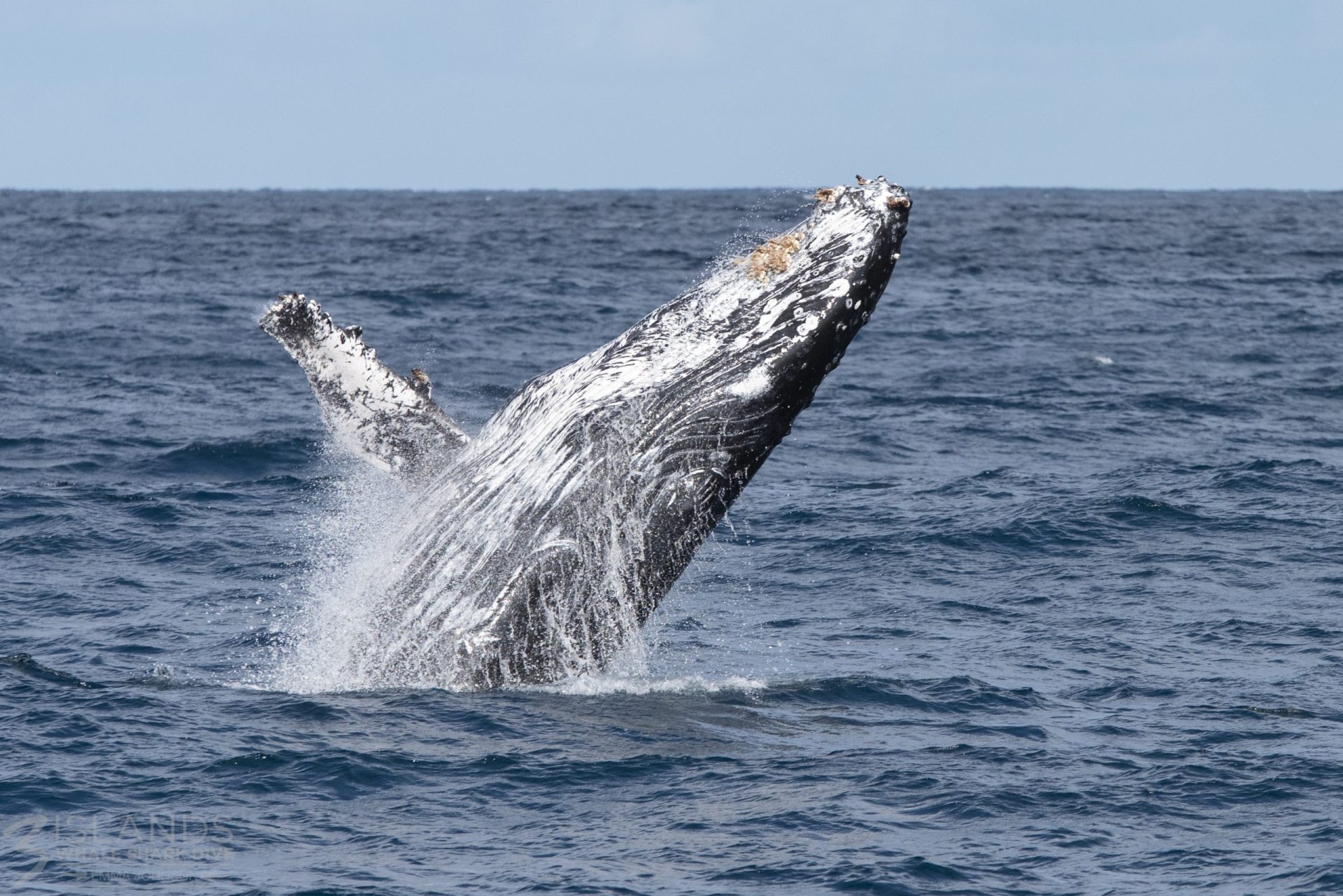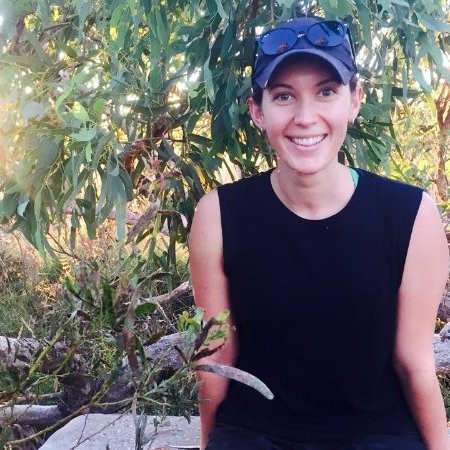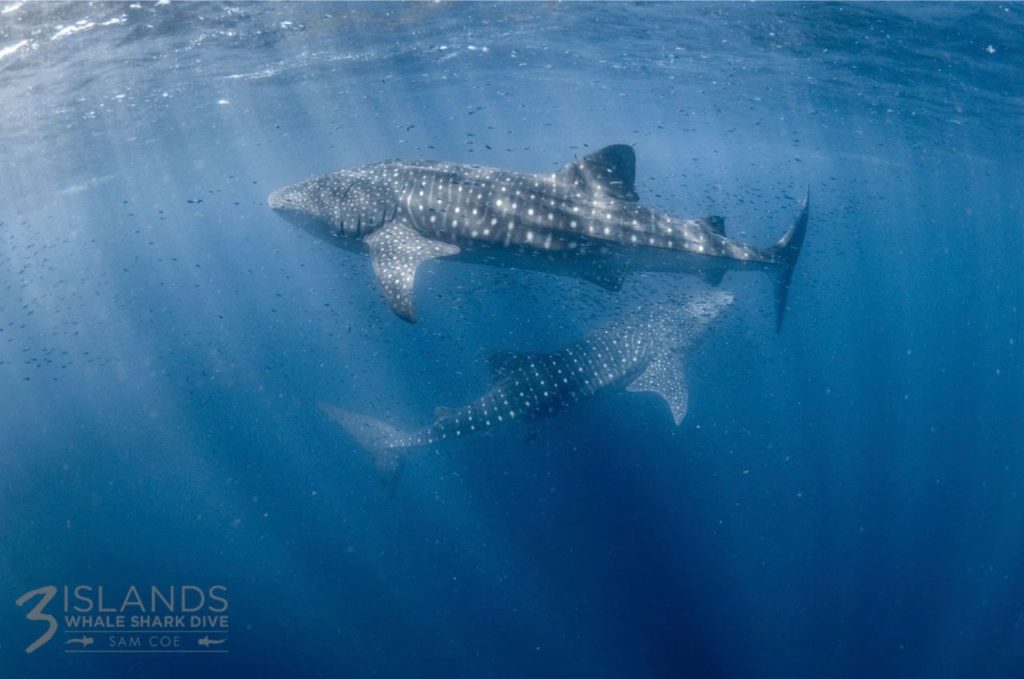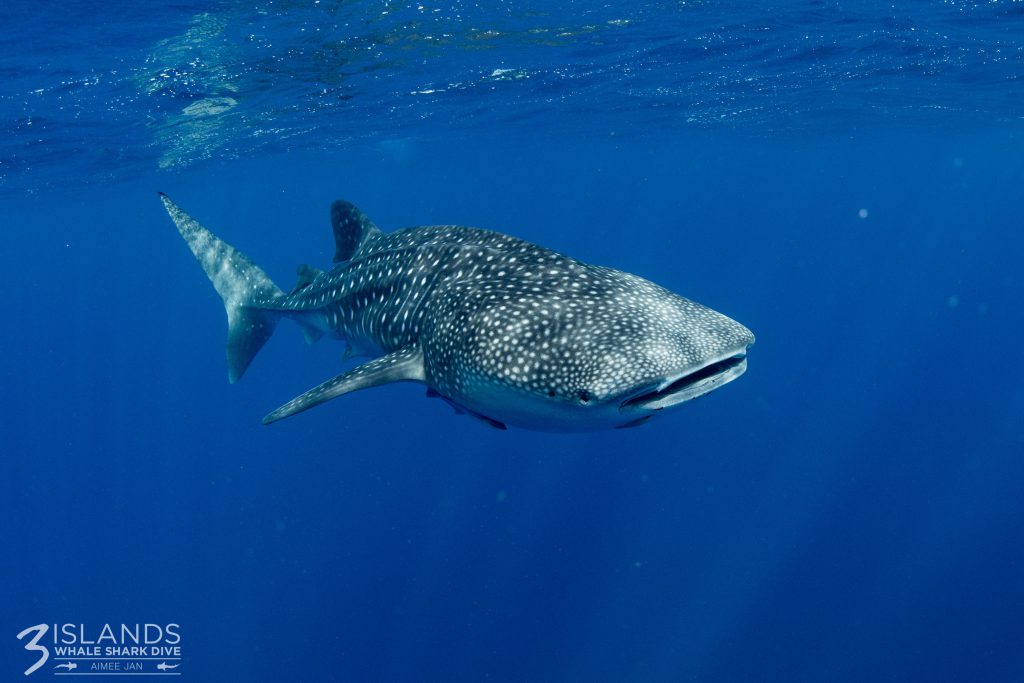One of the greatest spectacles in the natural world is the annual migration of humpback whales to Australia. Have you ever wondered, "When do humpback whales migrate to Australia", in the hopes of experiencing these magnificent creatures face-to-face? Well, you’re in the right place.
Table of Contents
Humpbacks, known scientifically as Megaptera novaeangliae, undergo a captivating journey as they depart their Antarctic feeding grounds and begin their northern migration to Australia. To fully understand when, and why, they migrate to Australia, let's explore that journey.
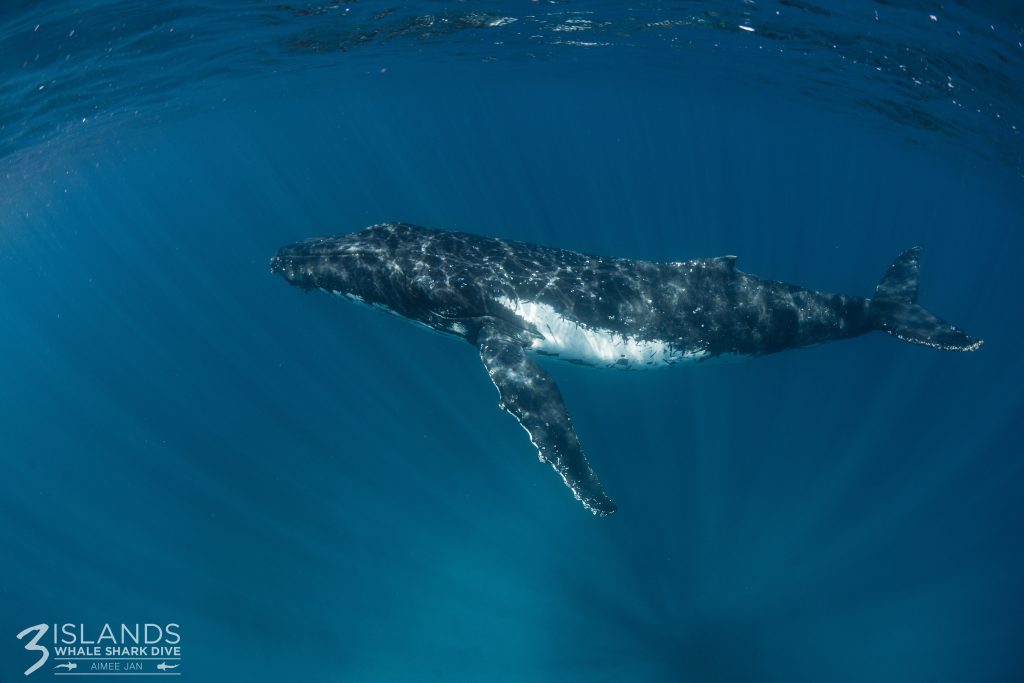
The timing of the humpback migration
Typically, these awe-inspiring marine mammals initiate their migration from the icy feeding grounds of the Antarctic around late April to early May. They embark on one of the longest migrations in the animal kingdom, navigating their way towards the warmer waters off Australia's west and east coast. Australia's coastline turns into a highway for these migrating giants, offering them access to perfect breeding grounds.
The departure from the Antarctic waters occurs in stages. Young, non-breeding whales take the lead, followed by mature males, and then pregnant females. The final contingent is the mothers, escorting their newborn calves on this remarkable journey.
The humpback whale migration route
During this migration, humpbacks cover approximately 5,000 kilometres, a testament to their incredible stamina and determination. As they journey towards Australian waters, they delight onlookers with playful jumps, tail slaps, and water spouts. With a combination of socialising, communicating, and sheer joy, their antics light up the ocean.
Humpback whales in Australia
So, when do humpback whales migrate to Australia?
By mid-June, the waters off the coast of Australia, in pockets around the country like Exmouth and the Kimberley in WA welcome the humpbacks. The Australian waters, significantly warmer than their Southern Ocean habitat, provides refuge from Antarctic predators.
Their arrival signals the start of the breeding season. As July rolls in, newborn calves venture out for their first swim under their mothers' watchful eyes. Australia's western coastline transforms into a nursery for these young ones, with places like Exmouth on the northwest coast offering idyllic conditions.
From July to early August, the Ningaloo Reef in Exmouth WA becomes a haven for the humpbacks. It’s used as a ‘resting area’ for newborn calves and their mothers, with over 40,000 humpback whales visiting each year.
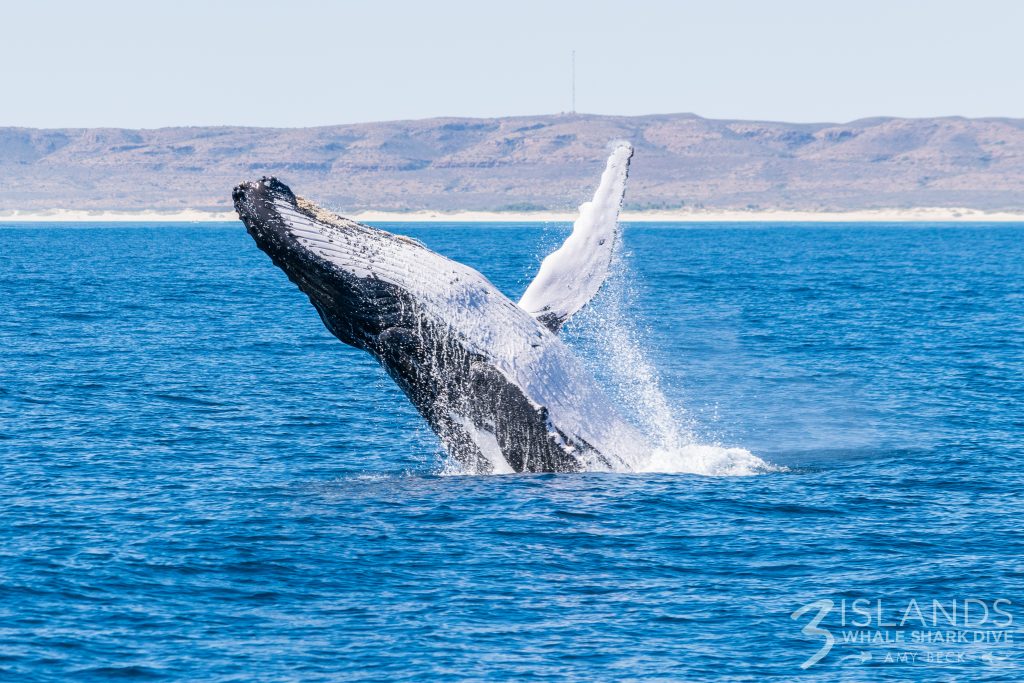
The best time and place to witness the humpback migration: Exmouth, Western Australia
If you're interested in witnessing this spectacle, Exmouth in Western Australia offers a remarkable opportunity. Humpbacks frequent its waters from July to early August, breaching playfully off the coast, turning it into one of the best places on Earth for whale watching. August to October presents the unique possibility to swim with these gentle giants, a memory to treasure for a lifetime.
The return migration
Come September, as Australian waters warm up, the humpbacks prepare for the southern migration. Their journey back to the food-rich southern waters begins. On their return trip, they stick closer to the coastline, often delighting beachgoers with their majestic presence.
The sound of the sea: humpback whale communication
While on their migration, humpback whales engage in a symphony of vocal communication. Their songs, typically sung by males, are complex sequences of moans, cries, and clicks that can last up to 20 minutes and echo kilometres away. These songs serve multiple purposes, including attracting females, asserting dominance and communicating with their pod.
Threats to the humpback whale migration
Despite their immense size and strength, humpbacks face threats during their migration. Predators such as killer whales and large sharks are a danger, along with human-induced threats like commercial whaling, marine pollution, and entanglement in fishing gear. Climate change, altering ocean temperatures and food availability, could also impact their migration patterns. Raising awareness of these threats is essential to safeguard the future of these marine giants.
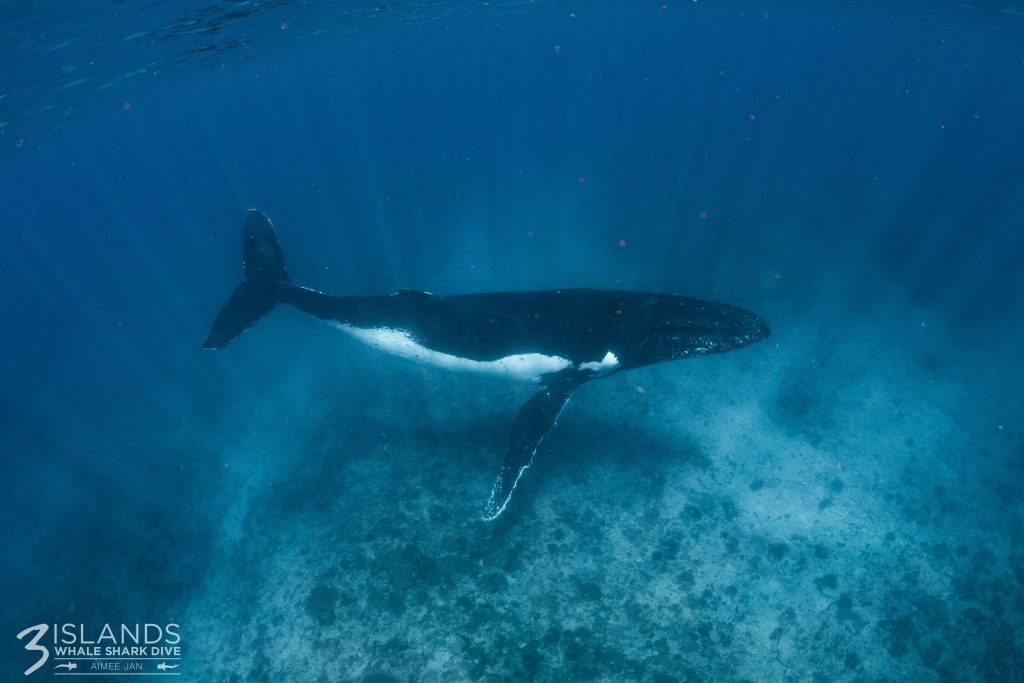
Breeding and birth in Australian waters
One primary reason for the humpback whales' migration to Australia is to breed and give birth. Females give birth in the warm, shallow waters off Australia's west coast after an 11-12 month gestation period. Newborn calves grow rapidly, preparing for the return journey to the Antarctic.
Ecotourism the whale-watching experience
The annual migration of humpback whales to Australia is a significant event, attracting tourists globally. Whale watching boosts many coastal communities' economies while promoting a greater understanding and appreciation of these marine mammals.
Conservation efforts & protecting humpback whales
From the brink of extinction due to commercial whaling in the 1960s, humpback numbers have rebounded thanks to international protection laws. Understanding and respecting their migration is crucial to these conservation efforts. In Australia, several initiatives help their conservation, including habitat protection, research and monitoring programs, and public awareness campaigns.
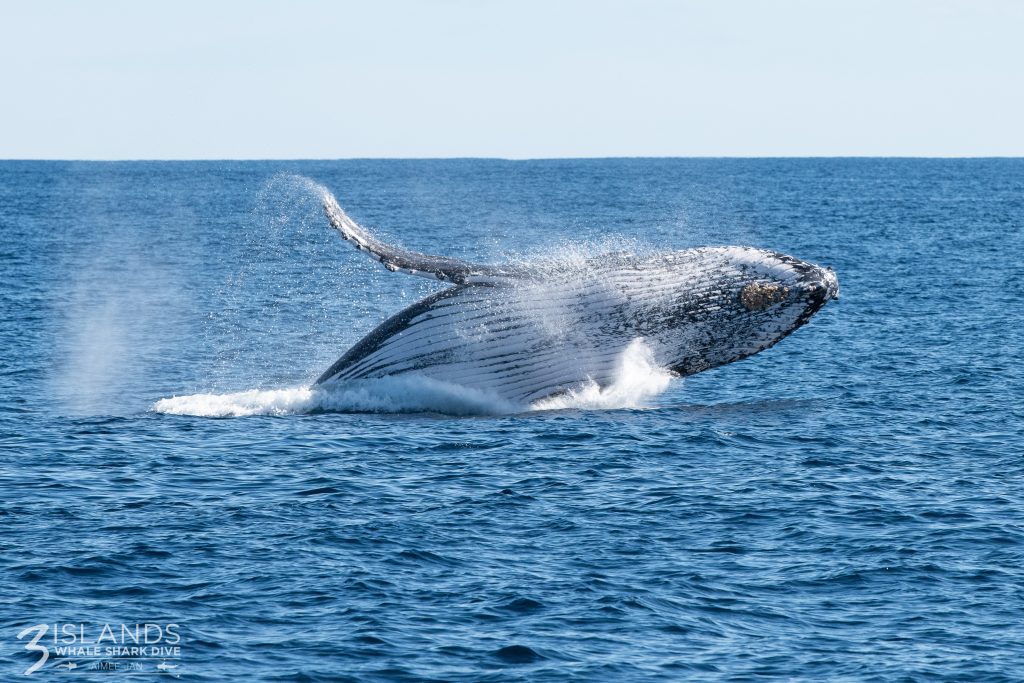
Experience the journey
The migration of humpback whales to Australia is an epic journey, demonstrating their endurance, navigation skills, social behaviour, and the driving force of life itself. By understanding and appreciating this awe-inspiring journey, we can work towards preserving these marine highways, ensuring the survival of these magnificent creatures and their fascinating migration for generations to come.
Now that you know when humpback whales migrate to Australia, you don’t want to miss out on experiencing these majestic sea creatures in person. Three Islands Whale Shark Dive provides award-winning wildlife encounters in Exmouth, Western Australia. Experience humpback whales, whale sharks, and a host of other breathtaking underwater creatures.
Don't miss the chance to witness migrating humpback whales Exmouth in person with Three Islands Whale Shark Dive in Exmouth. To book your award-winning wildlife encounter call +61 1800 138 501 and swim alongside these majestic creatures.
More...
Whale Shark Breeding Facts
Whale sharks present a fascinating mystery that intrigues marine biologists and ocean lovers alike. These giant fish, known for their peaceful nature and filter-feeding habits, navigate the warm seas with a grace that belies their immense size Table of Content What is Known About Whale Shark Reproduction? How Many Pups Do Whale Sharks Have? How…
Whale Shark: Whale or Shark?
The whale shark (Rhincodon typus) stands as a majestic giant in the marine world. They possess a unique blend of characteristics that blur the traditional lines between the mammoth, filter-feeding whales and their more ferocious shark cousins. In this exploration, we’ll look into the intriguing world of whale sharks, unravelling the mysteries of their nature,…


